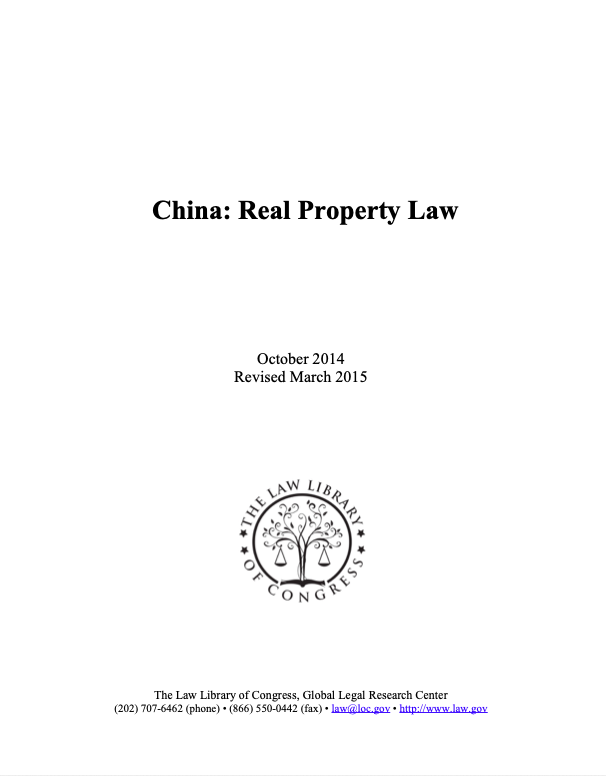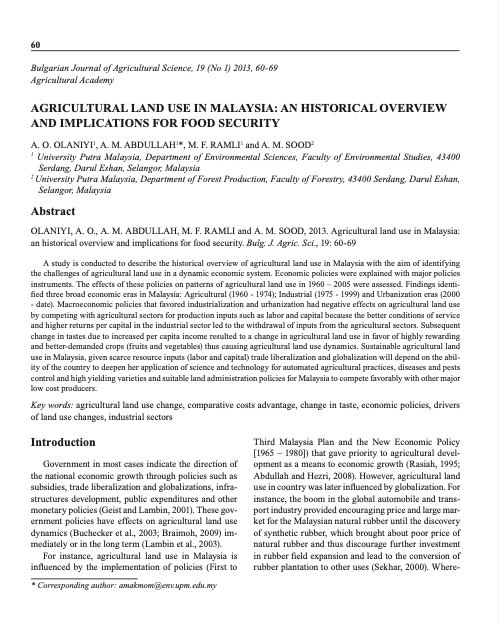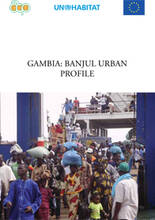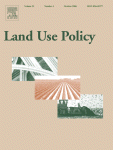China: Real Property Law
Individuals cannot privately own land in China but may obtain transferrable land-use rights for a number of years for a fee. Currently, the maximum term for urban land-use rights granted for residential purposes is seventy years. In addition, individuals can privately own residential houses and apartments on the land (“home ownership”), although not the land on which the buildings are situated.









